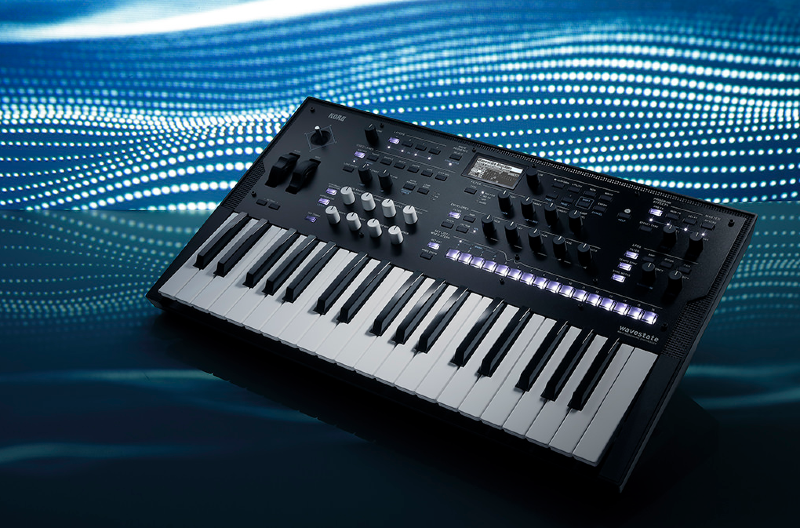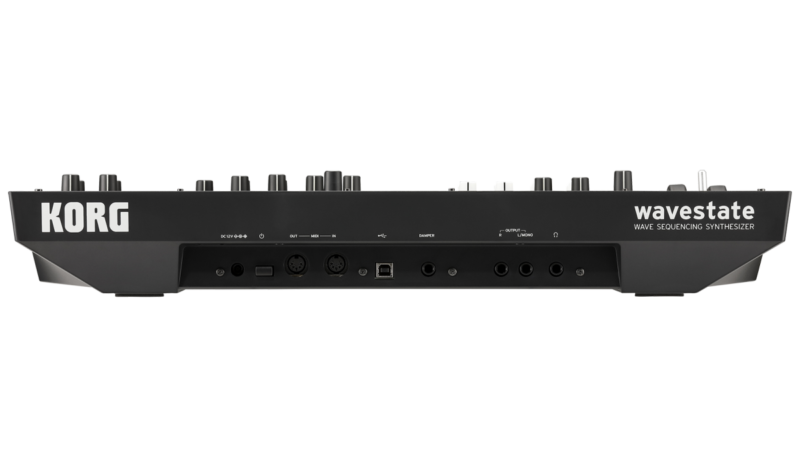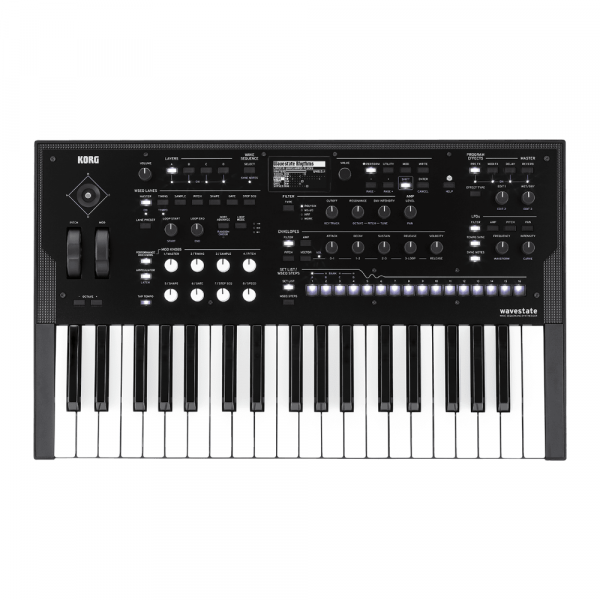

My gut tells me I would have way more fun with Wavestate hardware than Wavestate Native, plus I would not have to worry about configuring a MIDI keyboard controller, but my practical side says that since I already have a good MIDI keyboard controller, plus I can avoid menu diving, that Wavestate Native is better, and my super-practical side says that maybe iWavestation on my iPad is good enough, or there is some other iOS app which equals Wavestate Native for less cash. Am I correct in assuming that with Wavestate hardware you get the advantage of dedicated knob twiddling, meaningful resale value, and a keyboard, with the disadvantage of some menu diving? Wavestate Native is $200 whereas Wavestate hardware can be purchased used for about $450. Is Wavestate Native easy to setup with most any good MIDI keyboard controller?

The four onboard arpeggiators can interact with Wave Sequences for even more possibilities.I have iWavestation on my iPad, and I'm interested in Wavestate Native (or maybe Wavestate hardware) but only if it's a meaningful improvement over iWavestation.ĭoes Wavestate Native sound significantly different / better than iWavestation?ĭoes Wavestate Native have sufficient functionality so that any good MIDI keyboard controller will give you an equivalent feature set as compared to Wavestate hardware? The result is organic, ever-changing sounds that respond to your control. The wavestate's Wave Sequencing 2. Wave Sequences play lists of samples, and can also modify synthesis parameters, like a complex step sequencer. The wavestate is fundamentally a samples + subtractive synthesis architecture. Finally, individual steps can be randomly skipped, with a modulatable probability from 0 to 100%. The wavestate and modwave are pretty different - in both the underlying technology and the sonic results. Topics covered: 0:00 Intro 1:00 What is Wave Sequencing 2. Lanes can also randomize the step order every time they play, with realtime control over the range of included steps. The Korg Wavestate offers an updated take on wave sequencing, introduced with their classic Wavestation synthesizer. Each note in a chord can be playing something different! You can modulate each Lane’s start, end, and loop points separately for every note, using velocity, LFOs, envelopes, Mod Knobs, or other controllers. For instance, a sample may be matched with a different duration, pitch, shape, gate length, and step sequence value every time that it plays. Each of these is a “Lane,” and each Lane can have a different number of steps and its own start, end, and loop points.Įvery time the sequence moves forward, the individual Lanes are combined to create the output. Also added are new characteristics including shapes, gate times, and step sequencer values. Wave Sequencing 2.0 splits apart the timing, the sequence of samples, and the melody, so that each can be manipulated independently.

What if they could evolve in organic, unexpected ways, instead of just repeating? This created ear-catching patterns–but the patterns repeated the same way, over and over. With the Wavestation, each step of a Wave Sequence had a duration, a sample, and a pitch.


 0 kommentar(er)
0 kommentar(er)
